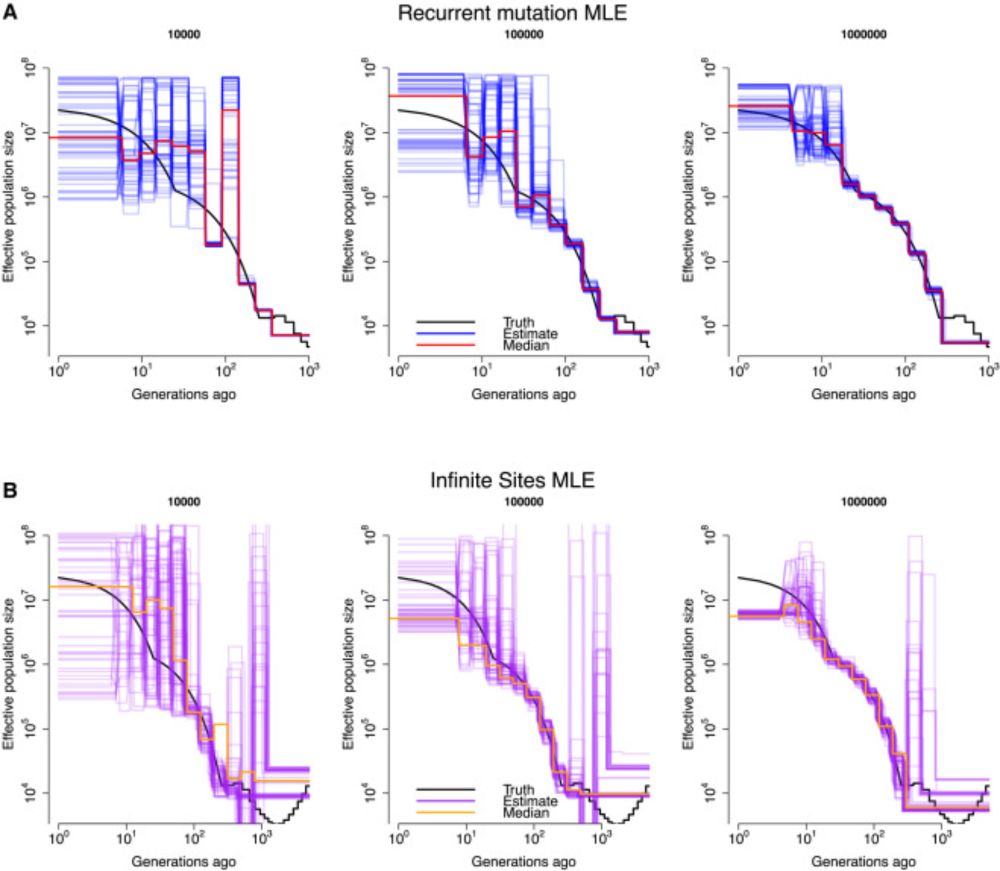Kelley Harris
@kelleyharris.bsky.social
1.2K followers
370 following
24 posts
Associate Prof of Genome Sciences at UW. I use population genetic models to study the origins of genetic variation and the evolution of mutational processes.
Posts
Media
Videos
Starter Packs
Kelley Harris
@kelleyharris.bsky.social
· May 21
Kelley Harris
@kelleyharris.bsky.social
· May 21
Kelley Harris
@kelleyharris.bsky.social
· May 21
Kelley Harris
@kelleyharris.bsky.social
· May 21
Kelley Harris
@kelleyharris.bsky.social
· May 21
Kelley Harris
@kelleyharris.bsky.social
· May 21
Kelley Harris
@kelleyharris.bsky.social
· May 20
Kelley Harris
@kelleyharris.bsky.social
· May 20
Kelley Harris
@kelleyharris.bsky.social
· May 20

A signature-agnostic test for differences between tumor mutation spectra reveals carcinogen and ancestry effects
Mutational signatures contain valuable information about the mutational processes shaping cancer genomes. However, despite dozens of tools to identify signatures in cancer samples, there is not an est...
www.biorxiv.org












